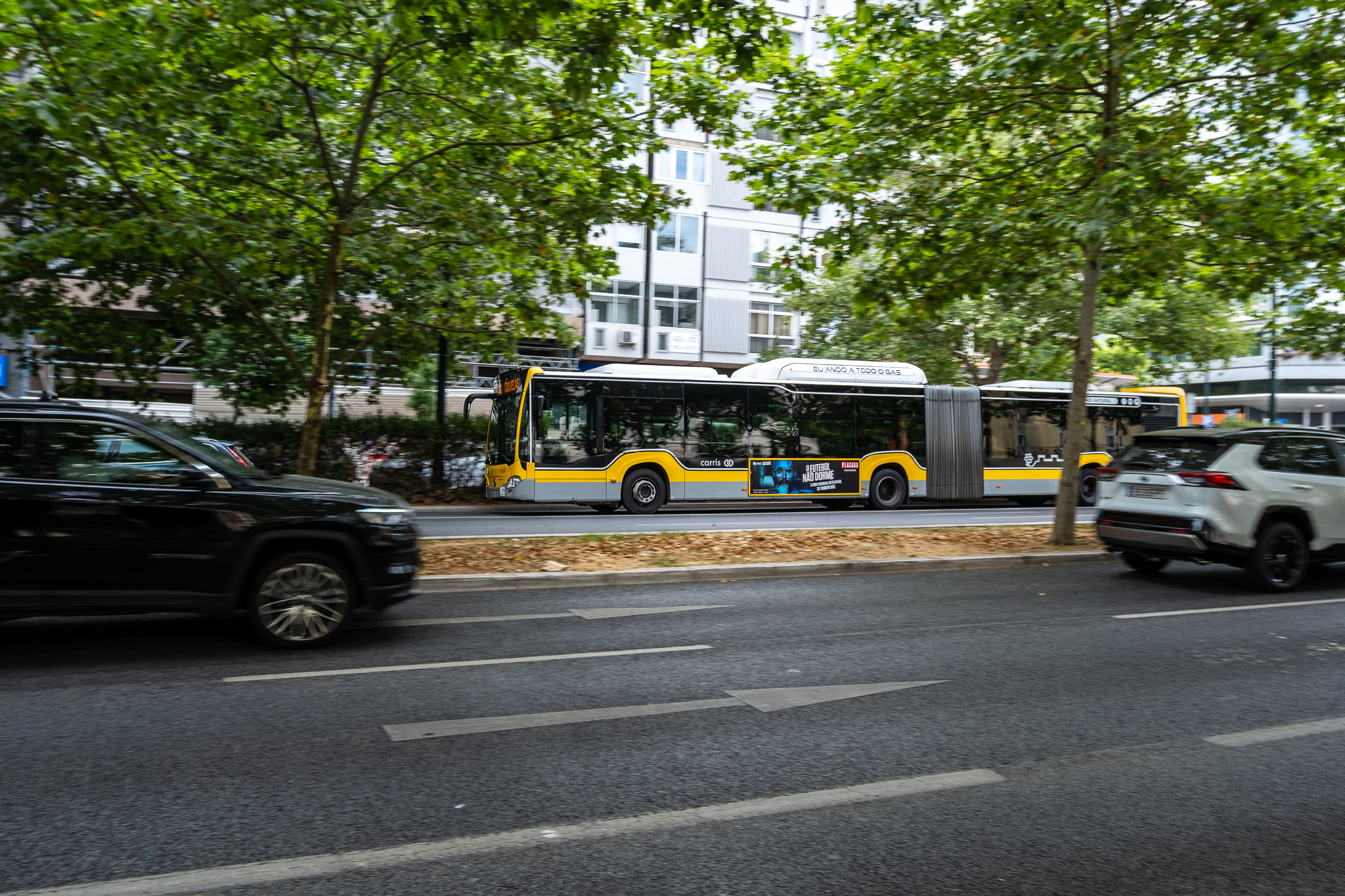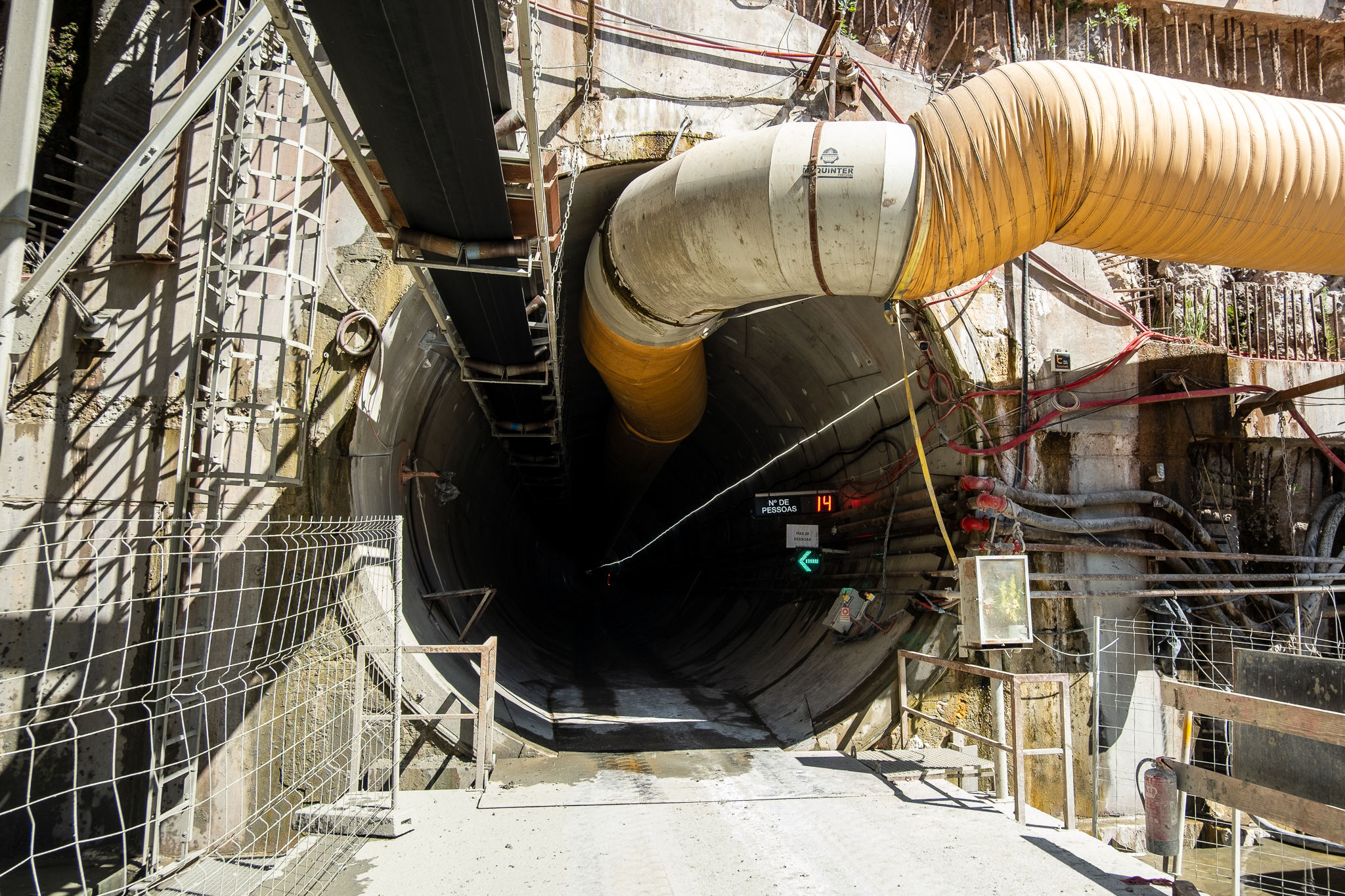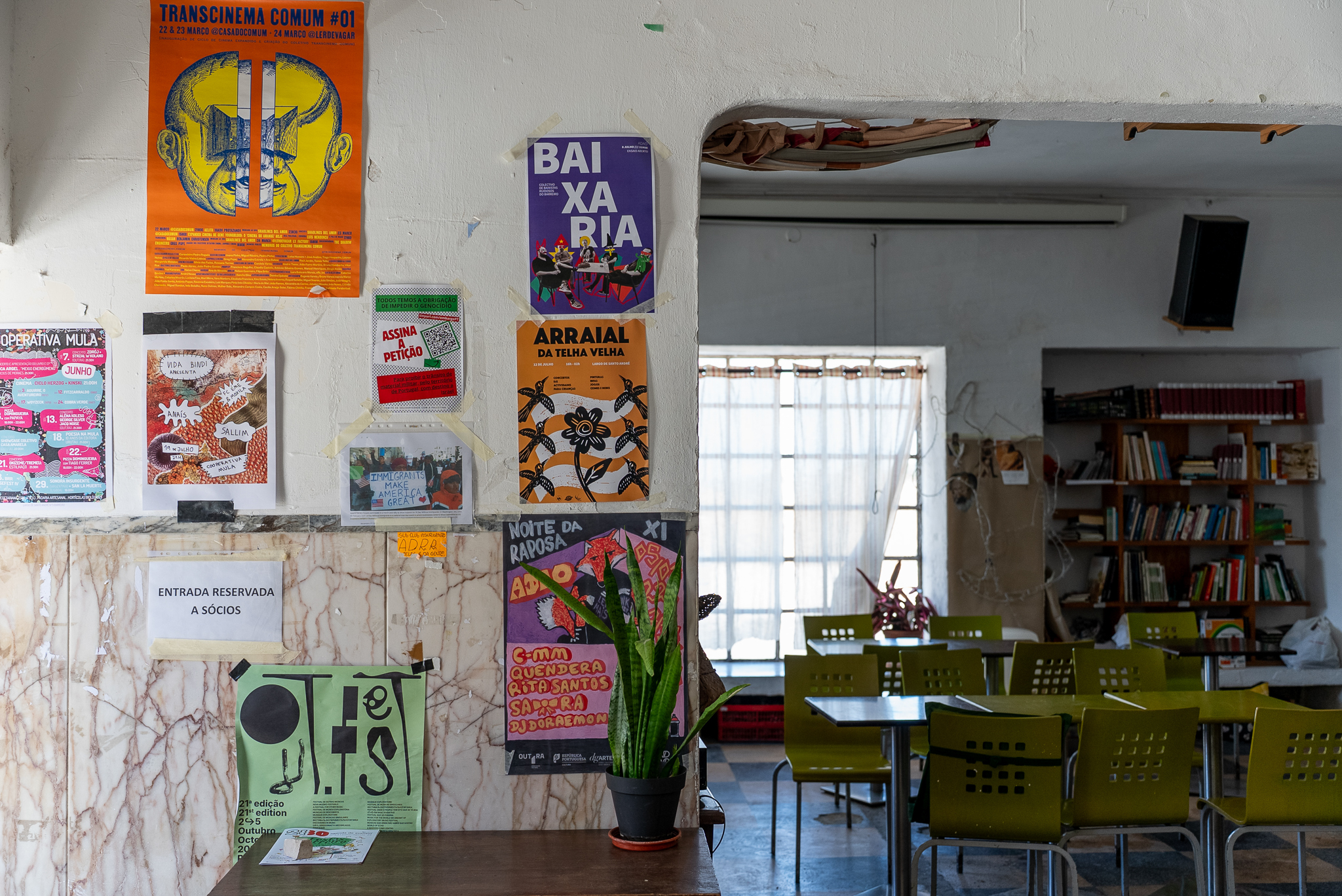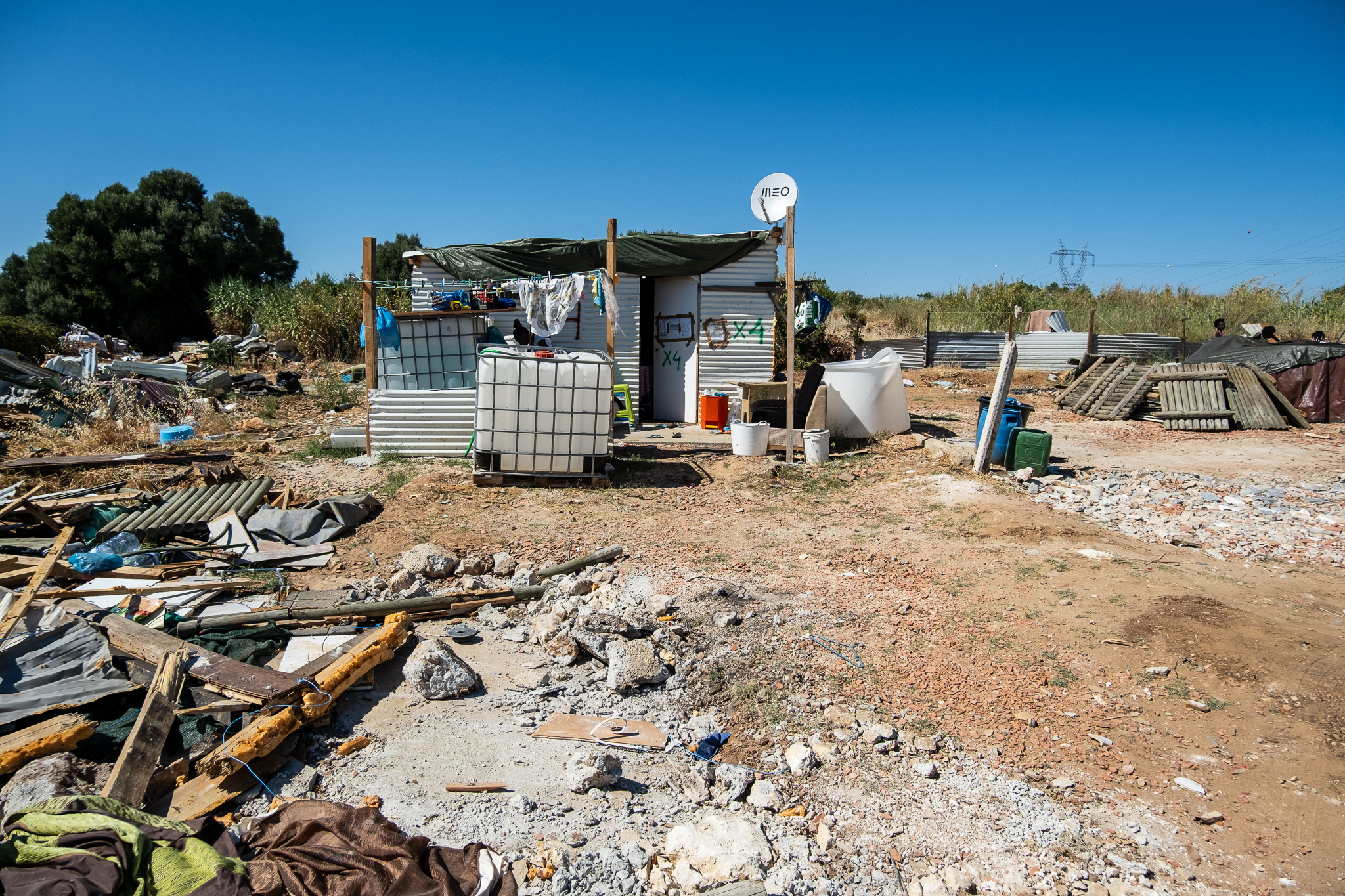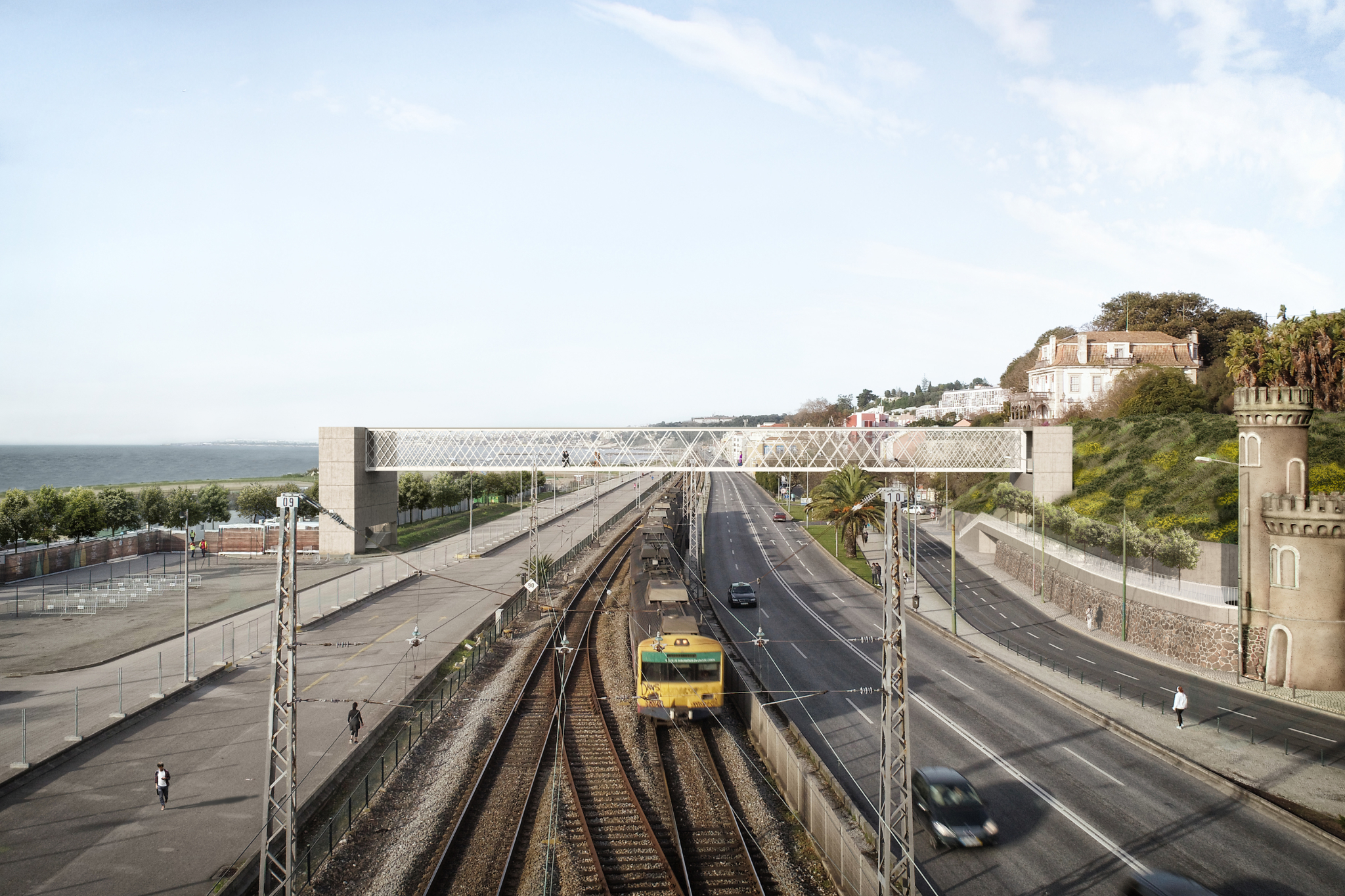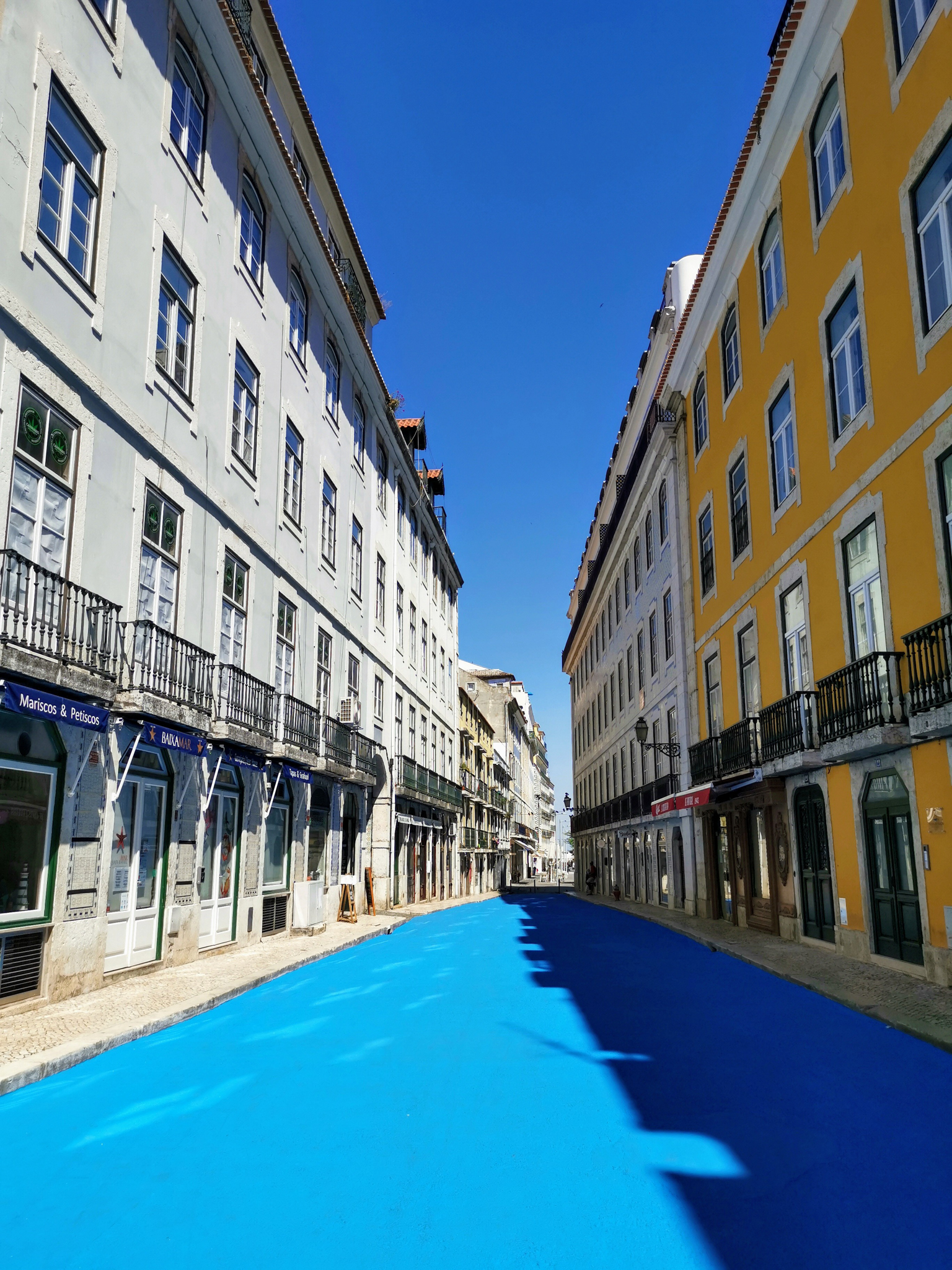
The Covid-19 pandemic has convinced cities around the world to increase the space for people and Lisbon was no exception. The city government has an ambitious plan of one hundred interventions to be carried out in several streets, avenues and alleys, in order to increase the areas for people to stay, esplanades and also mobility, through the program The Street Is Yours.
In downtown Lisbon, the New Trindade Streetin Chiado, and João das Regras Streetnear Praça da Figueira, will be pedestrianized in the coming weeks, but the blue paint that marks this change has already advanced in the Rua dos Bacalhoeirosnear Campo das Cebolas. The painting of Rua dos Bacalhoeiros happens almost a decade after Rua Nova do Carvalho was transformed into a pedestrian street and the now incognito "Rua Cor de Rosa".
The three new streets to be pedestrianized in the historic area of the city have in common are arteries with little or no traffic. Rua João das Regras is a small alley between Praça da Figueira and Martim Moniz that was practically pedestrianized, and Rua dos Bacalhoeiros is now used as a parking lot since it was cut off with the reconversion of Campo das Cebolas into a large pedestrian and green surface area.
Local restaurants should be among the main beneficiaries of these changes, since they will be able to create or enlarge their terrace areas, making them more inviting as well. Heard by Público newspaperJosé Marques, owner of the restaurant Maria Catita on Rua dos Bacalhoeiros, says "this was a request we had been making to the Chamber for a long time"The alley was used for free parking. "People always overreacted and parked arbitrarily"says the entrepreneur.
The success or failure of pedestrianized streets will be made, in agreement with Junta de Freguesia de Santa Maria Maiorat the end of the year. "All these roads that after the trial period will be definitely considered pedestrian will, from January 1, 2021, be subject to the intervention of laying Portuguese sidewalk."
Painting the asphalt reduces the temperature in the area, since the tar, by ceasing to be black, also ceases to absorb as much heat. On the other hand, the color option allows the new spaces to be distinguished as pedestrian areas.

